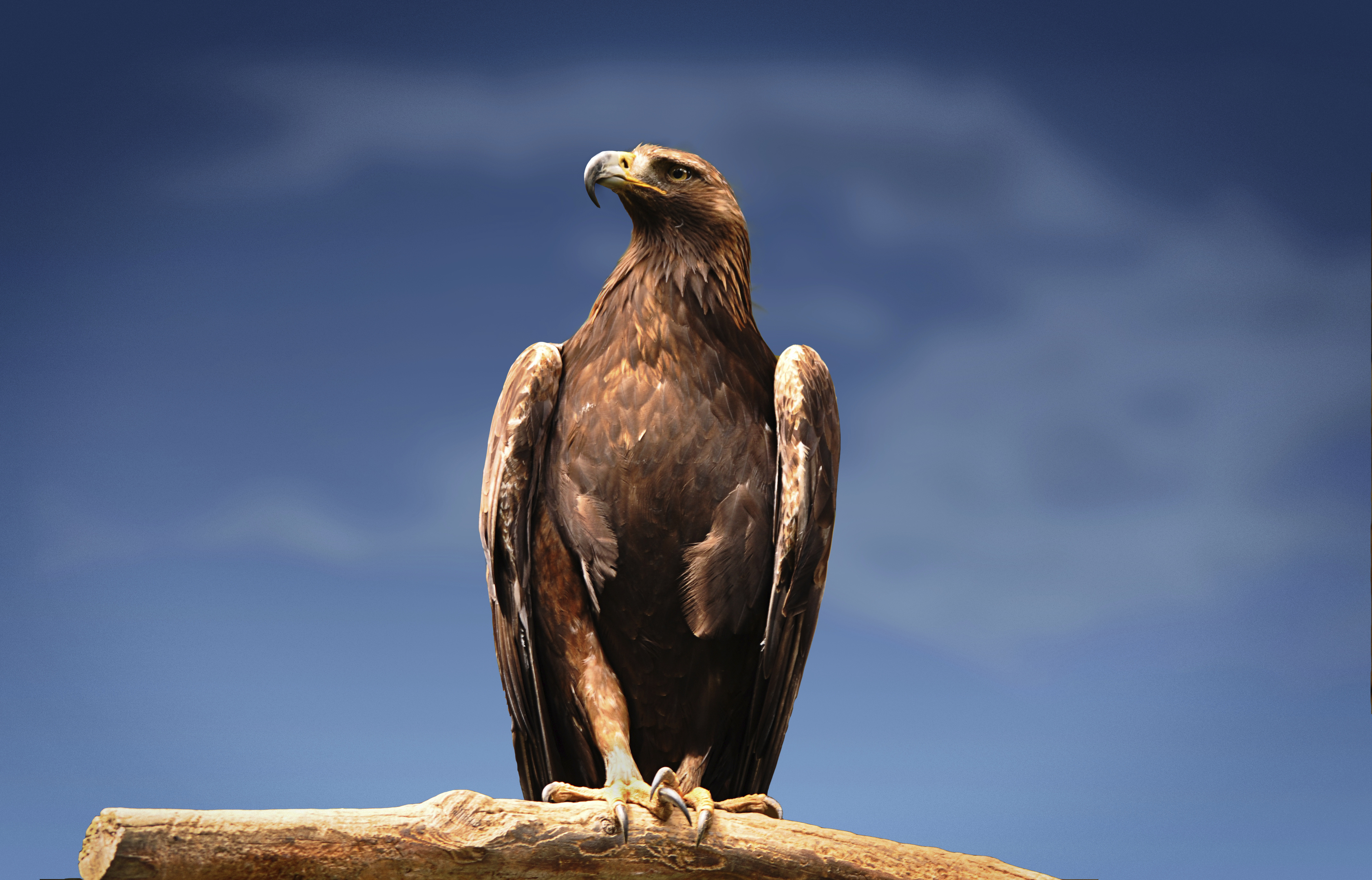
CONSERVATIONISTS are calling for tougher regulation of grouse moors to end the persecution of Scotland’s raptors.
RSPB Scotland has published a new report which it said details the clear associations between the decline or absence of these birds in some areas and intensive grouse moor management and wildlife crime, and is calling for action to tackle the issue.
The study, titled The Illegal Killing Of Birds Of Prey In Scotland 2015-17, found that the vast majority of raptor persecution incidents are occurring in areas of Scotland’s uplands managed for intensive driven grouse shooting.
Over that three-year period there were 38 confirmed, detected incidents of illegal killing of protected birds of prey, including shooting, trapping, illegal poisoning and nest destruction; however, the report suggests the crimes being recorded are a fraction of what is actually taking place.
Meanwhile, during those three years, five satellite-tagged hen harriers and eight satellite-tagged golden eagles “disappeared”, with 11 of those 13 incidents occurring on land managed for driven grouse shooting, the charity said.
The RSPB questions whether current wildlife protection legislation is fit for purpose and recommends that driven grouse shooting estates should be licensed, with the right to shoot dependent on “legal, sustainable management practices”.
Duncan Orr-Ewing, RSPB Scotland’s head of species and land management, said: “Intensive grouse moor management is having a disproportionate impact on our important upland ecosystems and specially protected birds, and is blighting Scotland’s reputation as a place which respects vulnerable and protected wildlife.
“Self-regulation, voluntary codes of practice, and dialogue have all patently failed to address cultural and systematic criminality, as well as bad land management practices.
“We have reached a point where it is abundantly clear that driven grouse shooting must be made more publicly accountable and effectively regulated through a robust licensing system, conditional on legal and sustainable land management practices.
“Grouse moor owners who adhere to the law and best practice should have nothing to fear from this approach.”
The charity said that such crimes are continuing to have an adverse impact on the populations and ranges of several bird of prey species.
A national survey of the UK’s hen harriers, undertaken in 2016, found that Scotland’s breeding population had fallen by 9% since 2010, and that the number on grouse moors had plummeted by 57%.
A further study, published in 2016, commissioned by Scottish Natural Heritage, found that the sustained level of illegal killing remains the major factor preventing the growth of northern Scotland’s red kite population.
An independent grouse moor review was set up by the Scottish Government in 2017 and is due to report to the Environment Secretary in the spring.
The Scottish Gamekeepers Association (SGA) said it does not condone wildlife crime.
A spokesman said: “Whilst the SGA takes wildlife and raptor crime extremely seriously, we do not endorse the many unofficial RSPB reports on this subject.
“Official Scottish Government statistics, publicly available on Science and Advice for Scottish Agriculture’s (SASA) website, show a rate of decline in raptor persecution in recent years which is not matched by many other types of recorded offence in Scotland. ”
A Scottish Government spokesman said: “We recognise raptor persecution remains a serious problem in parts of Scotland and are committed to introducing legislation to increase penalties for wildlife crime.
“We commissioned an independent group to examine grouse moor management – including raptor persecution – and, as such, believe it is appropriate to await its report before considering further action.”

Enjoy the convenience of having The Sunday Post delivered as a digital ePaper straight to your smartphone, tablet or computer.
Subscribe for only £5.49 a month and enjoy all the benefits of the printed paper as a digital replica.
Subscribe